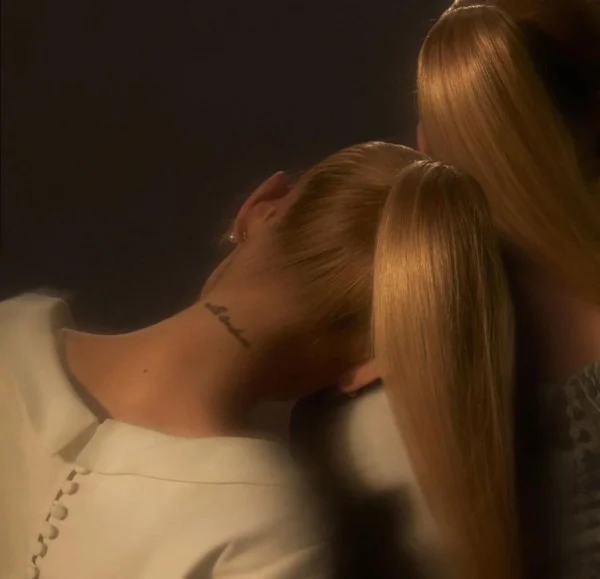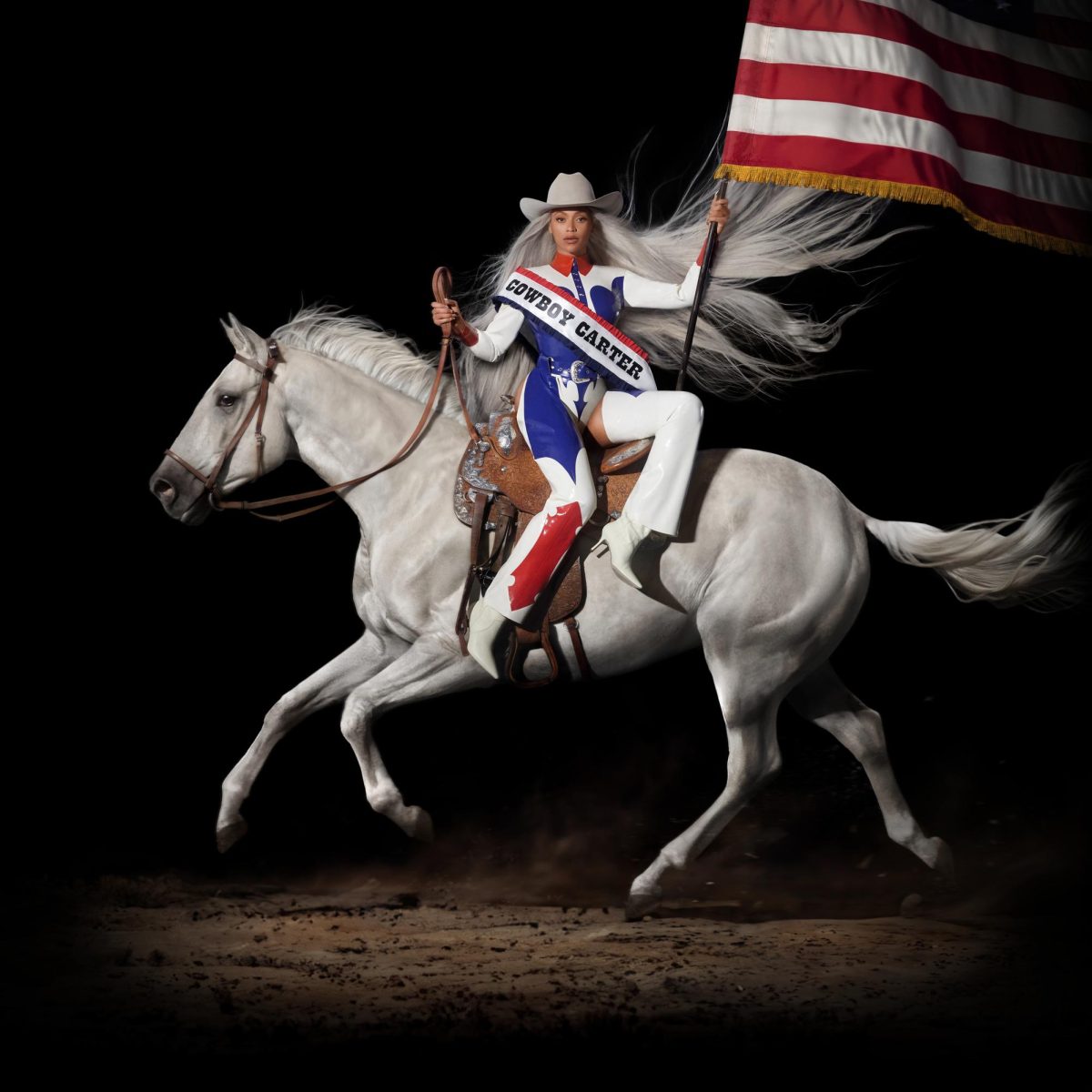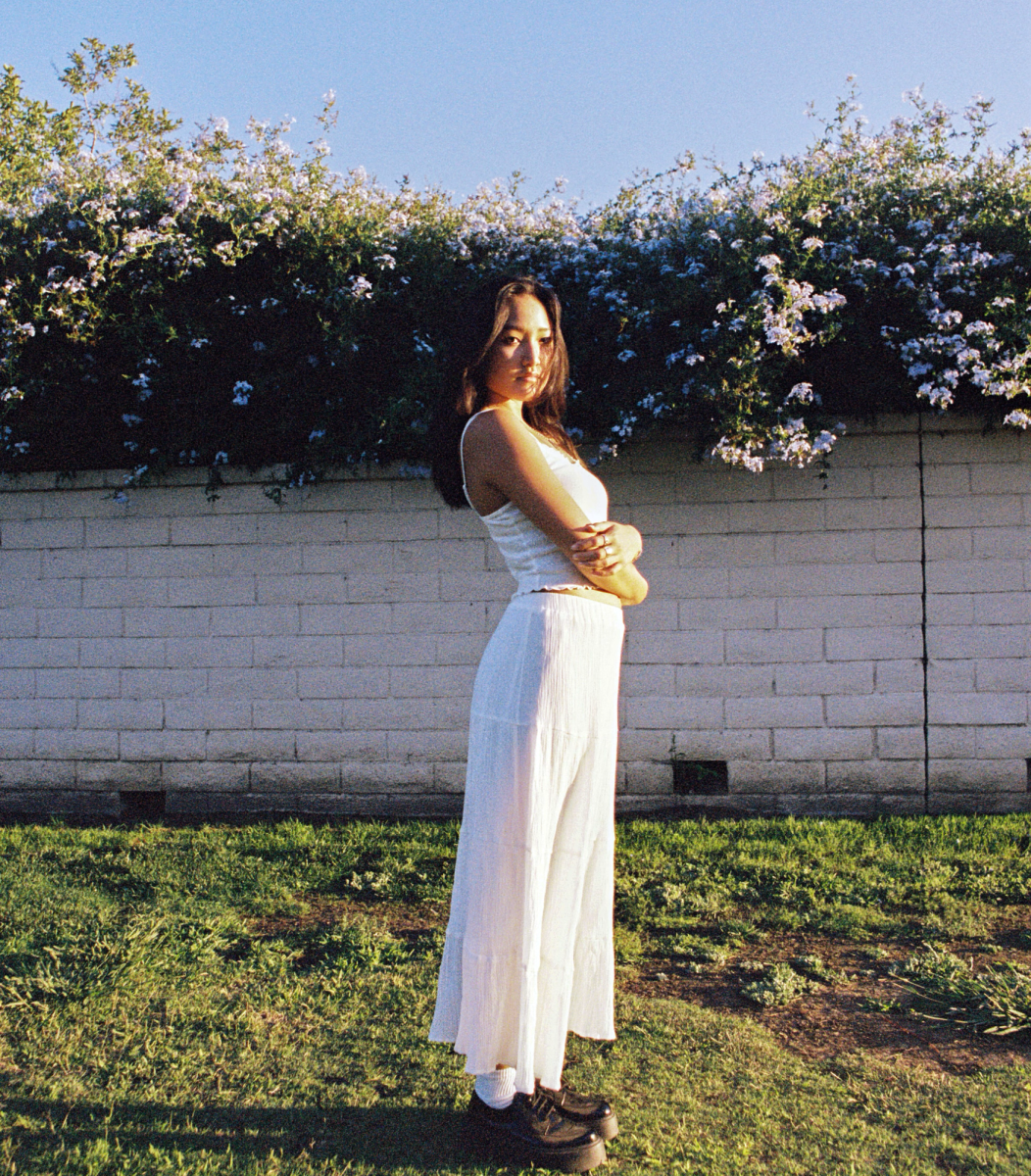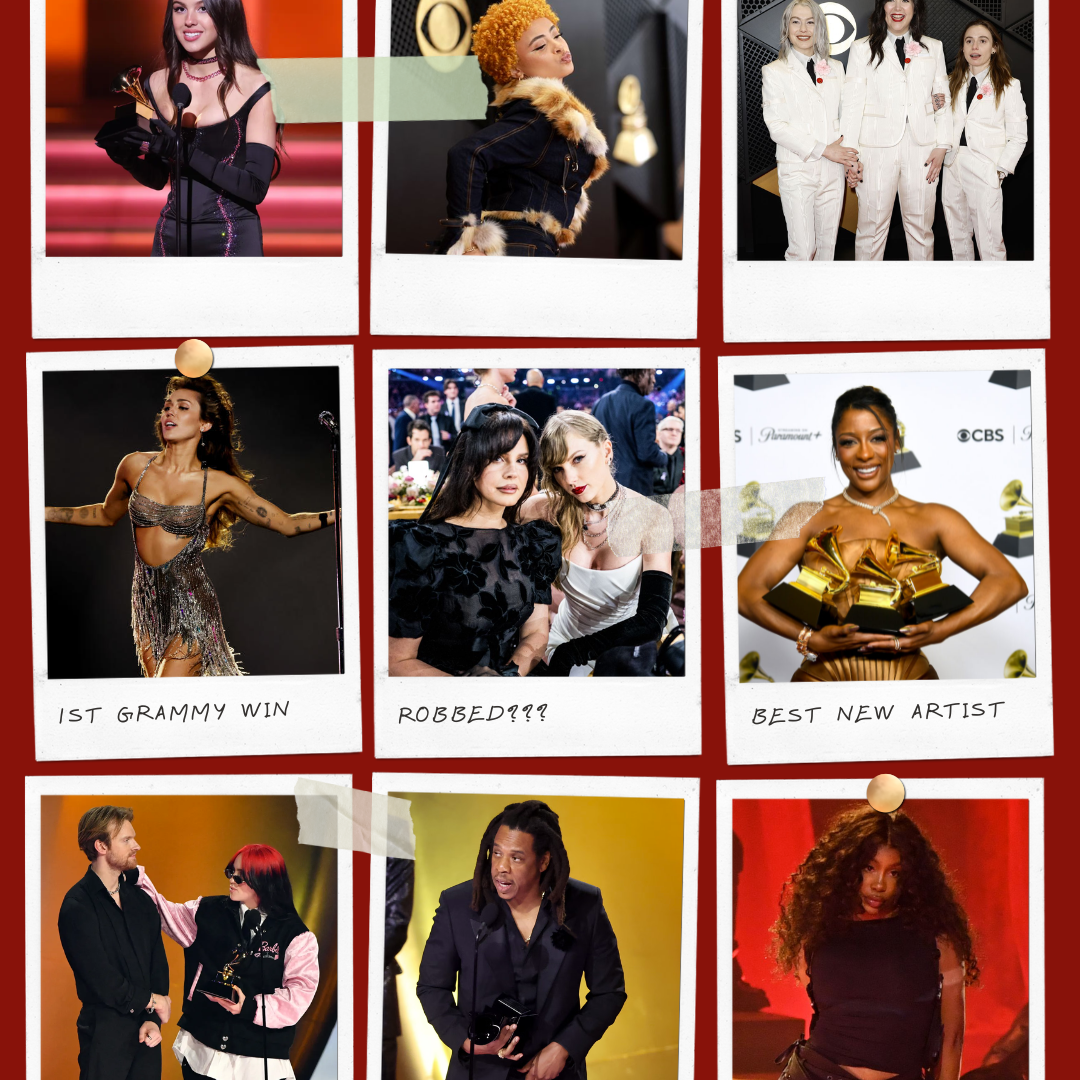
In the aftermath of a divorce and overwhelming heartache, singer-songwriter and pop icon Ariana Grande has returned with her highly-anticipated seventh studio album, “eternal sunshine,” released on March 8 — more than three years after “Positions” (2020) was released. Grande’s newest body of work embodies themes of resilience and self-discovery, offering an exciting listening experience for fans.
Known for her signature whistle notes, four-octave register and success in the pop genre, Grande draws inspiration from her recent heartbreak in her latest album. “eternal sunshine” seamlessly blends dance-pop and R&B influences with dance elements, deriving the album title from the 2004 romantic drama “Eternal Sunshine of the Spotless Mind.” While the first lead single, “yes, and?”, follows the trend of her typical dance-friendly filler tracks, this collection of songs is Grande’s most vulnerable and intimate to date.
The album’s opening lyrics in “intro (end of the world),” “How can I tell if I’m in the right relationship? / Aren’t you really s’posed to know that shit?”, indicate this uncertain self-reflection following her divorce about her romantic relationship before finding some liberation in “bye.”
The song captures feelings of empowerment and freedom from her failed relationship after experiencing heartbreak. However, Grande wants to find closure and let go of her pain, as depicted in the lyrics, “Bye-bye / I’m takin’ what’s mine, yeah / Bye-bye / It’s over, it’s over, oh yeah.” Grande aimed for the lyrics to convey her desire to leave without sounding like a harsh goodbye. At the same time, the song is rooted in self-awareness.
However, she further reflects on her emotional exhaustion in “don’t wanna break up again.” In the first verse, she describes falling asleep crying while her ex-husband turns up the television to avoid listening to her.
In the album’s title track, “eternal sunshine,” Grande captures the regret and hurt that the entire album embodies. Grande reflects that she and her former partner made mistakes and caused each other deep agony.
She sings, “Hope you feel alright when you’re in her (This fate, rewrite) / I found a good boy and he’s on my side (Deep breaths, tight chest) / You’re just my eternal sunshine, sunshine (Life, death, rewind).” However, the emotions still linger, which creates an “eternal sunshine.” It becomes the quintessential soundtrack to the bittersweetness of love and loss.
The emotional, upbeat R&B track “supernatural” builds upon themes Grande laid out in “Saturn Returns Interlude.” The latter features a sample from astronomer Diana Garland, who delves into the parallels between personal growth and a Saturn return. “supernatural” further explores those themes, as Grande uses the title term to describe a powerful and all-consuming love.
In the song, she conveys elaborate metaphors that compare the situation to the symbiotic relationship between the moon and stars. She subtly hints at sexual intimacy, contributing to the sensual nature of the album.
In the sister tracks, “true story” and “the boy is mine,” Grande explained that the former lays the groundwork for the latter to serve as the “bad girl anthem.”
“true story” revolves around themes of deceit and the willingness to assume different roles within the relationship, while “the boy is mine” focuses on romantic longing despite potential complications when someone is already in a relationship. By interpolating Brandy and Monica’s classic 1990s hit of the same title, Grande’s “the boy is mine” stands out as one of the album’s highlights for its 1990s R&B feel.
In “we can’t be friends (wait for your love),” where the reluctance to hide or fuel conflicts is evident, Grande transitions to “i wish i hated you,” a ballad-esque track that stands out on the album for its stripped-down production infused with electronic elements and raw lyricism. The song delves into the conflicting emotions that arise after a divorce and the internal battle to overcome emotional attachments. Struggling to rewrite the past, Grande sings, “I wish I hated you / I wish that weren’t true / Wish there was worse to you / I wish you were worse to me.”
The final track of the album, “ordinary things,” describes a romance that is more than material possessions and extravagance. Instead, it is a love built on a simple and genuine connection. Despite the grand gestures of popping champagne in California or dining in Tokyo, Grande reveals that true love lies in the ordinary. She expresses this sentiment with the lyrics, “It’s funny, but it’s true / There’s never gonna be an ordinary thing / As long as I’m with you.”
In the closing lines of the song, Marjorie Grande, Grande’s Nonna (grandmother in Italian) imparts some wisdom that prompts listeners to reflect on life’s choices. Ariana Grande pays tribute to her grandmother’s lessons and insights to add a nostalgic intimacy, enabling fans to connect to her personally. Her grandmother concludes with, “And as I told her, never go to bed without kissin’ goodnight / That’s the worst thing to do, don’t ever, ever do that / And if you can’t, and if you don’t feel comfortable doing it / You’re in the wrong place, get out.”
Moving on from heartbreak is never easy, especially after a widely publicized divorce. Grande’s ability to channel her emotions into energetic and dance-worthy music showcases both her artistic growth and authenticity. Despite including overused dance-pop tracks, Grande’s “eternal sunshine” stands out as her most introspective and dynamic album to date.


















